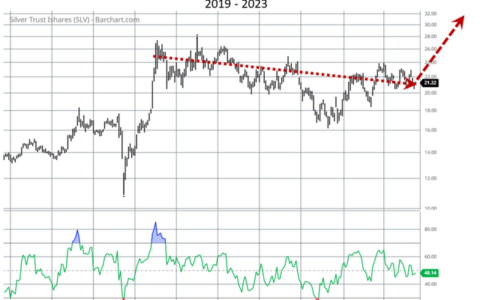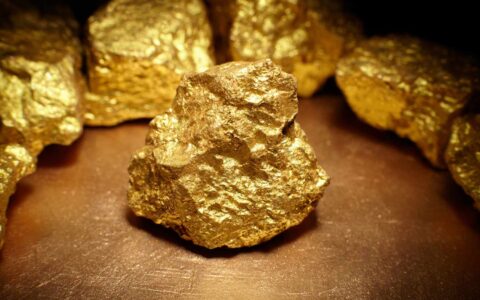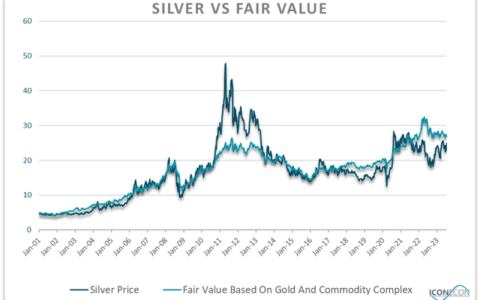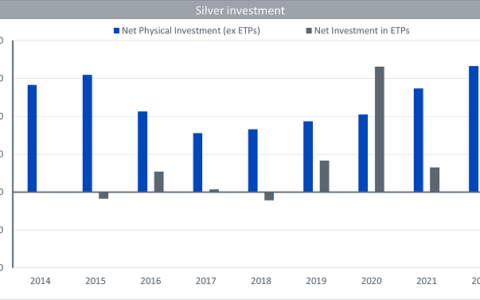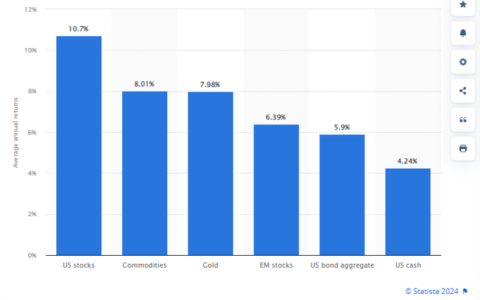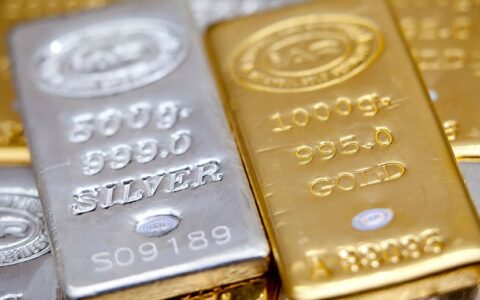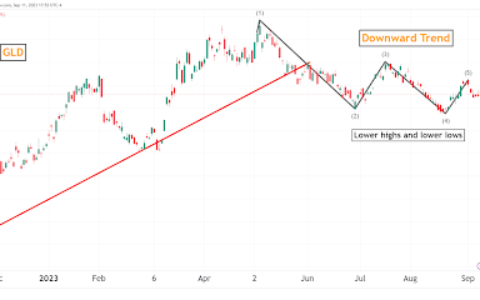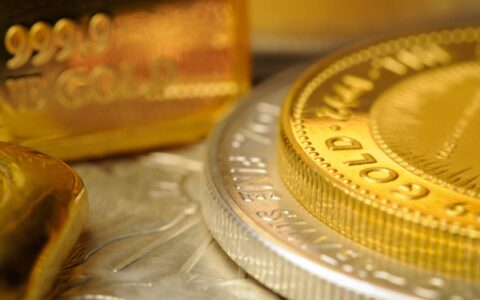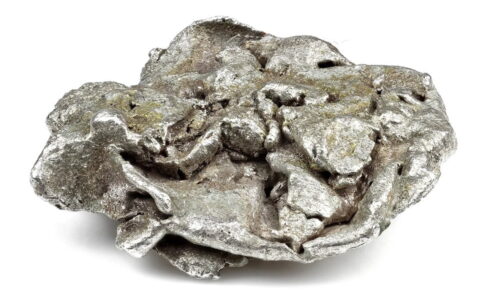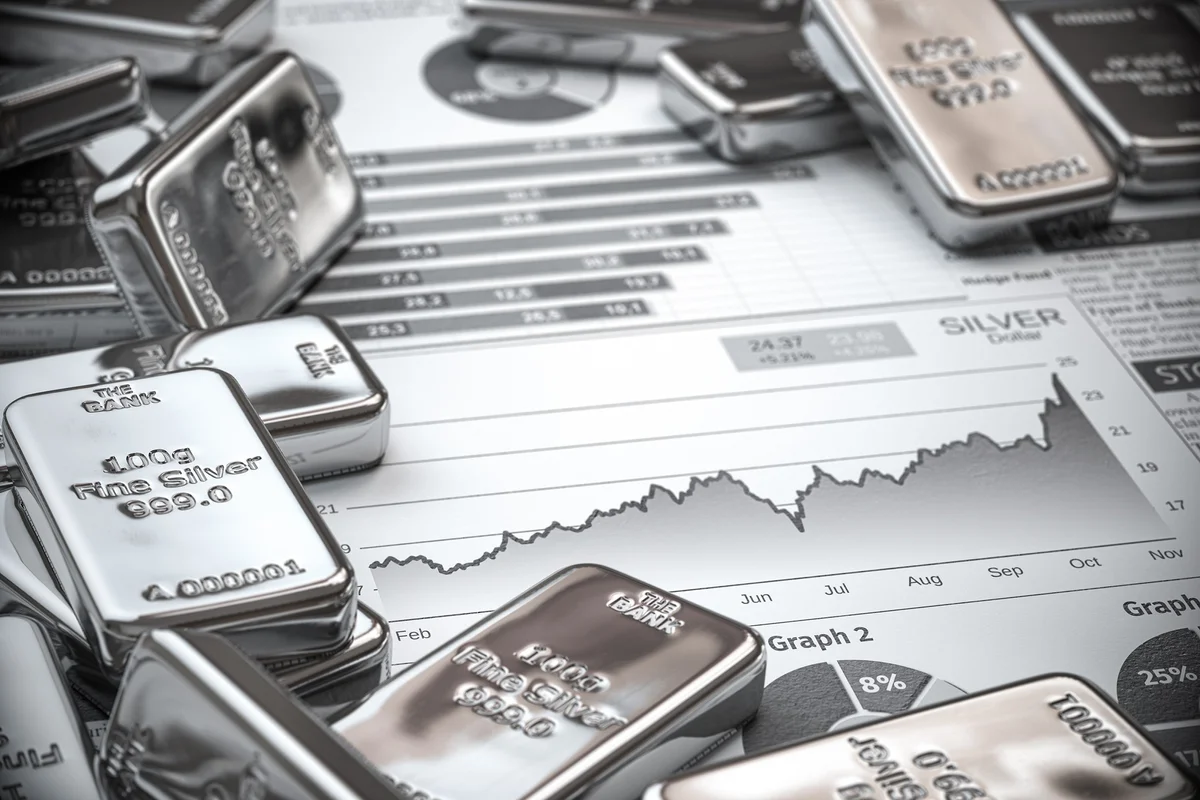In today’s volatile economic landscape, with inflation rates soaring, many are feeling the pinch as the value of the Federal Reserve notes continually deteriorates. An alarming illustration of this is the observation made by Dr. Thomas L. Hogan: what you could buy with a silver dollar in 1913 now requires approximately $31.00 in today’s unbacked dollars.
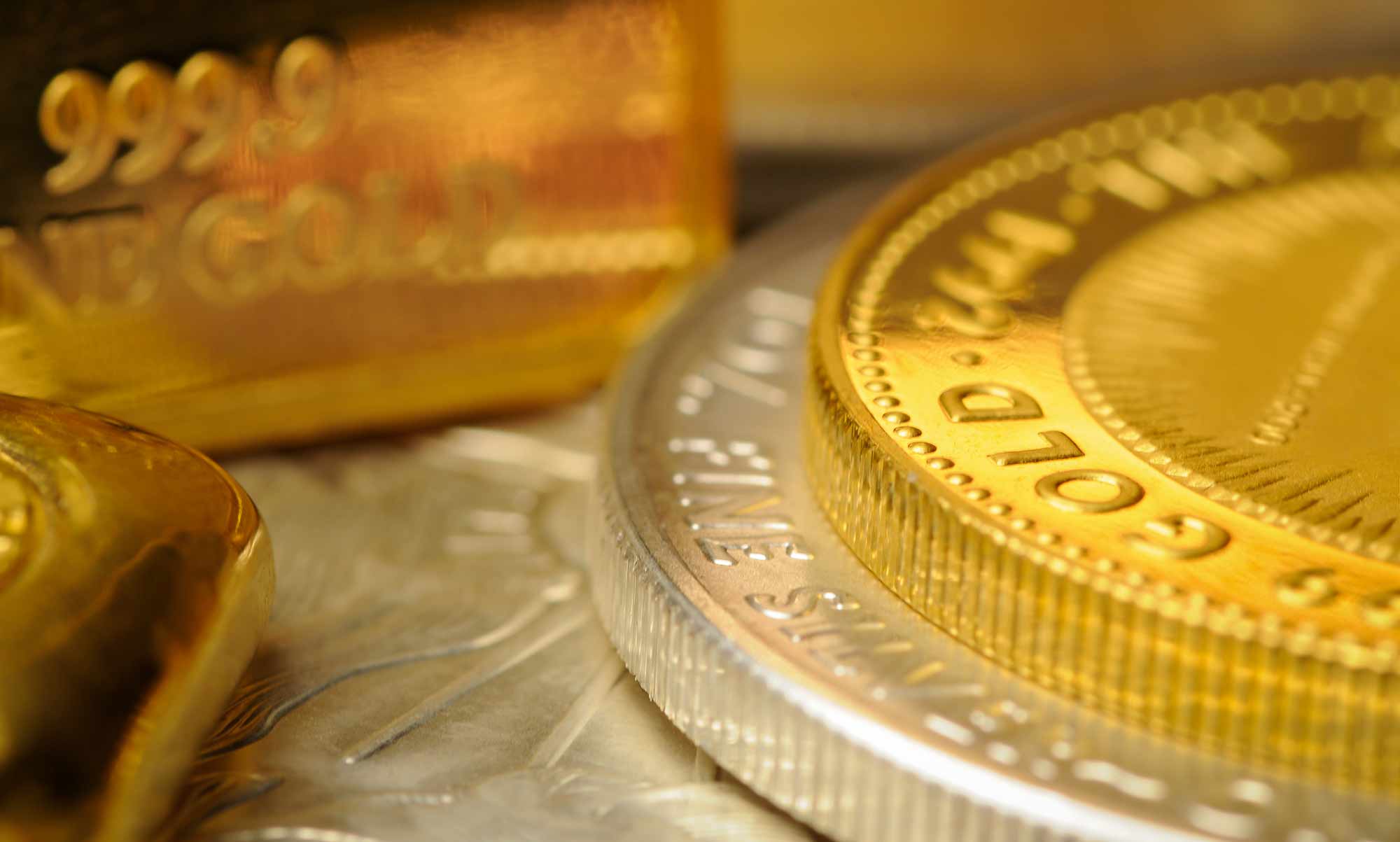
However, there was a time when money held its value more firmly. This era was dominated by specie money.
What Was Specie Money?
Simply put, specie money refers to coins minted from gold, silver, and copper. These coins had intrinsic value because of their metal content and were prevalent until the ascendancy of fiat currency. Specie, or commodity money, stood as the primary means of exchange, maintaining its value and fostering economic stability worldwide.
The creation of specie money wasn’t the brainchild of a singular mind or a government institution. It naturally came into existence, as elucidated by Austrian economist Carl Menger. Transitioning from the barter system to a sound money economy didn’t necessitate any governmental intervention.
Countries like the United States, Spain, Mexico, Great Britain, France, and Portugal contributed significantly to the world of specie money, facilitating global and domestic commerce.
The U.S. and Specie Money: A Constitutional Tale
The U.S. Constitution, specifically Article 1, Section 8, empowers Congress to coin money and determine the standards of weights and measures. In alignment with this, The Coinage Act of 1792 initiated the construction of the United States Mint, thereby centralizing the coinage process. Later, The Act of February 9, 1793, acknowledged the legal use of foreign coins for a three-year span until the national mint could fulfill domestic demands.
Interestingly, these foreign coins enjoyed a longer tenure than the designated three years. Privately minted gold coins also circulated freely in the U.S. until Congress’s intervention in 1864, which terminated private coining.
Apart from the Civil War era, banknotes in America stayed linked to precious metals throughout the 19th century, with redemption possible in specie coins composed of gold or silver bullion. This era, characterized by the dual backing of gold and silver, is known as bimetallism, a system acclaimed worldwide.
Today, relics from this time, such as pre-1933 gold coins (Double Eagles, Eagles, Half Eagles, and Quarter Eagles) and Constitutional silver coins minted before 1965, serve as testimony to this robust monetary system.
The Downfall of Specie Money
The downfall of specie money is best encapsulated by Gresham’s Law, which postulates that “good money” (like gold and silver) is pushed out by “bad money” (like fiat currency). Throughout the 20th century, specie money was methodically substituted by Federal Reserve notes. This shift culminated in 1971 when President Richard Nixon ceased the dollar’s gold convertibility under the Bretton Woods Agreement.
Today’s Federal Reserve note, incongruously still termed a “dollar,” has tragically lost about 98% of its purchasing power since the Federal Reserve’s inception in 1913. We’ve traded the tangibility of specie money for the volatile intangibility of fiat currency.
In Conclusion
In this Age of Inflation, the tale of specie money offers a valuable lesson. It’s a poignant reminder of a time when currency stability was the norm, not the exception. As history is known to repeat itself, one can’t help but wonder if specie money’s forgotten legacy could inspire a brighter monetary future.
Author:Com21.com,This article is an original creation by Com21.com. If you wish to repost or share, please include an attribution to the source and provide a link to the original article.Post Link:https://www.com21.com/from-tangible-to-intangible-the-evolution-and-decline-of-specie-money.html

